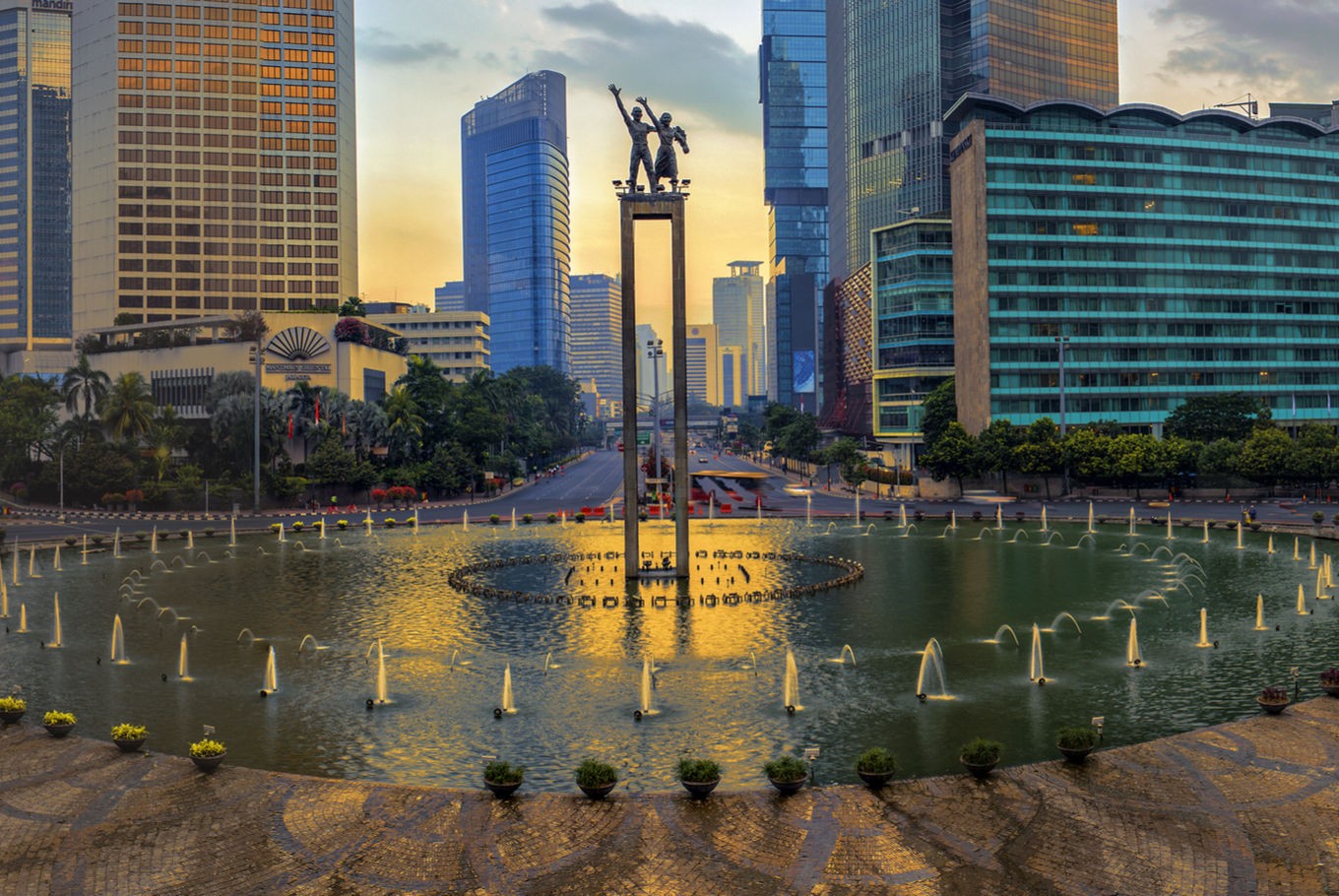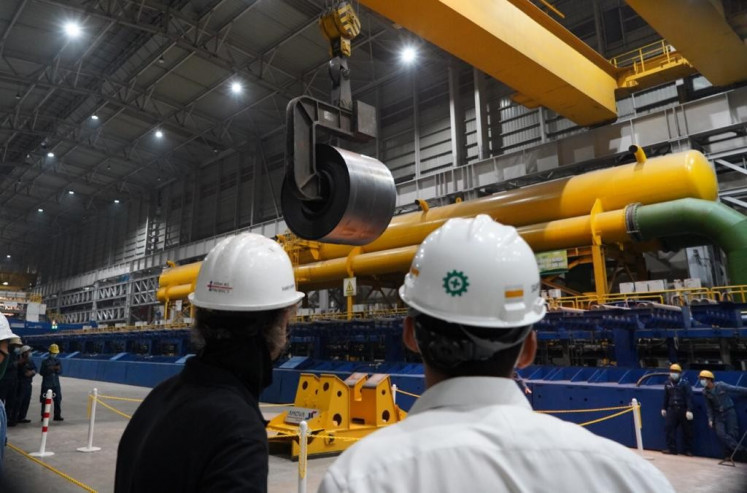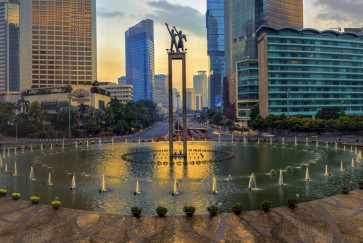Popular Reads
Top Results
Can't find what you're looking for?
View all search resultsPopular Reads
Top Results
Can't find what you're looking for?
View all search resultsINSIGHT: Indonesia's future depends on its investments now
With higher revenue collection, Indonesia will also be able to invest more in its people — and that has to start early.
Change text size
Gift Premium Articles
to Anyone
S
ince the democratic transition in the late 1990s, Indonesia has overcome many challenges to become one of the world’s most promising countries. The world’s fourth-largest nation is the biggest economy in ASEAN, and now part of the G20. In the last decade, Indonesia has reduced poverty by more than 50 percent — an extraordinary accomplishment for any country.
Now, Indonesia aspires to become a high-income country. It has all the right elements, but the clock is ticking. It needs to reach high-income status before the working age population, relative to the rest of the population, starts to shrink by 2030.
How can Indonesia prosper before it gets old? Over the next 15 years, the country needs to grow by around 8 percent to 9 percent annually, an extremely high rate of economic growth. To get there, Indonesia needs to invest much more in both infrastructure — things like ports, airports and roads — and people, to develop the knowledge and skills required to grow an economy in the digital age.
It starts with more efficient revenue collection: Today, Indonesia collects less than 50 percent of its potential tax revenue. Instead of growing, its tax-to-GDP ratio has been decreasing from 11.4 percent in 2012 to 10.4 percent in 2016. Indonesia’s tax collection ratio is lower than that of the Philippines (13.6 percent) or Cambodia (14.6 percent), despite similar tax rates.


















